Hi,
I'm working on a system to complement my Digitakt. I want to make dance music and explore ambient as much as I can. The Digitakt will be my primary sequencer, but I'd like to be able to do some generative melodies in euro as well. Sounds created in the modular system will be sampled and incorporated into my dance music set.
I've built a two-row 84hp case, and have a few of these modules already. I plan on the lower half of the case housing the Digitakt, a Digitech Polara Reverb Pedal, as well as some custom eletronics I'm working on. I plan on the upper half holding the modular gear. The custom electronics include a second MIDI-euro interface with clock output, and a clock divider. I'm also planning on adding some passive attenuators and arcade buttons.
Looking for any feedback on the rack! I'm pretty new to this and I'm worried that I'm missing something on the utility side of things. I'm really shooting in the dark here but I'm excited to get something put together.
Edit: The rack below doesn't reflect the rack I built. I removed the middle row, which I was using as a placeholder for the electronics I'm planning on building.


